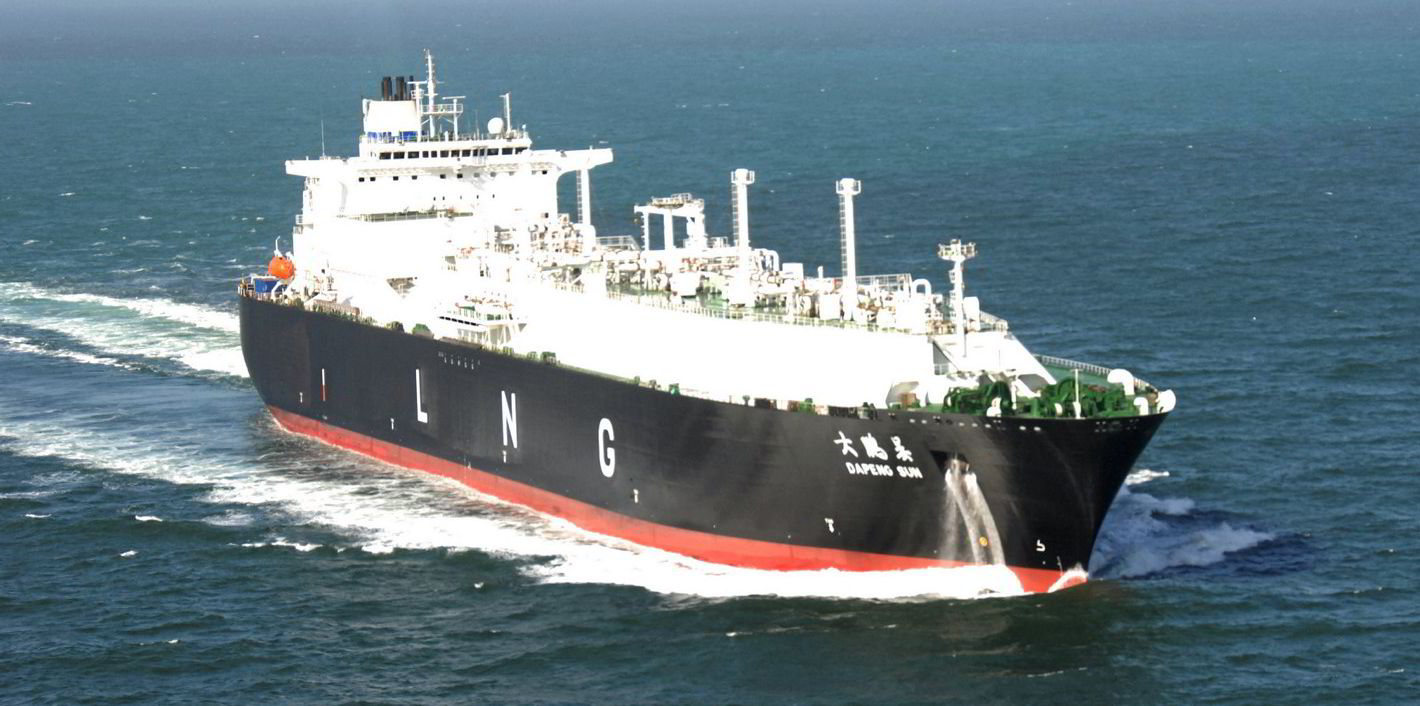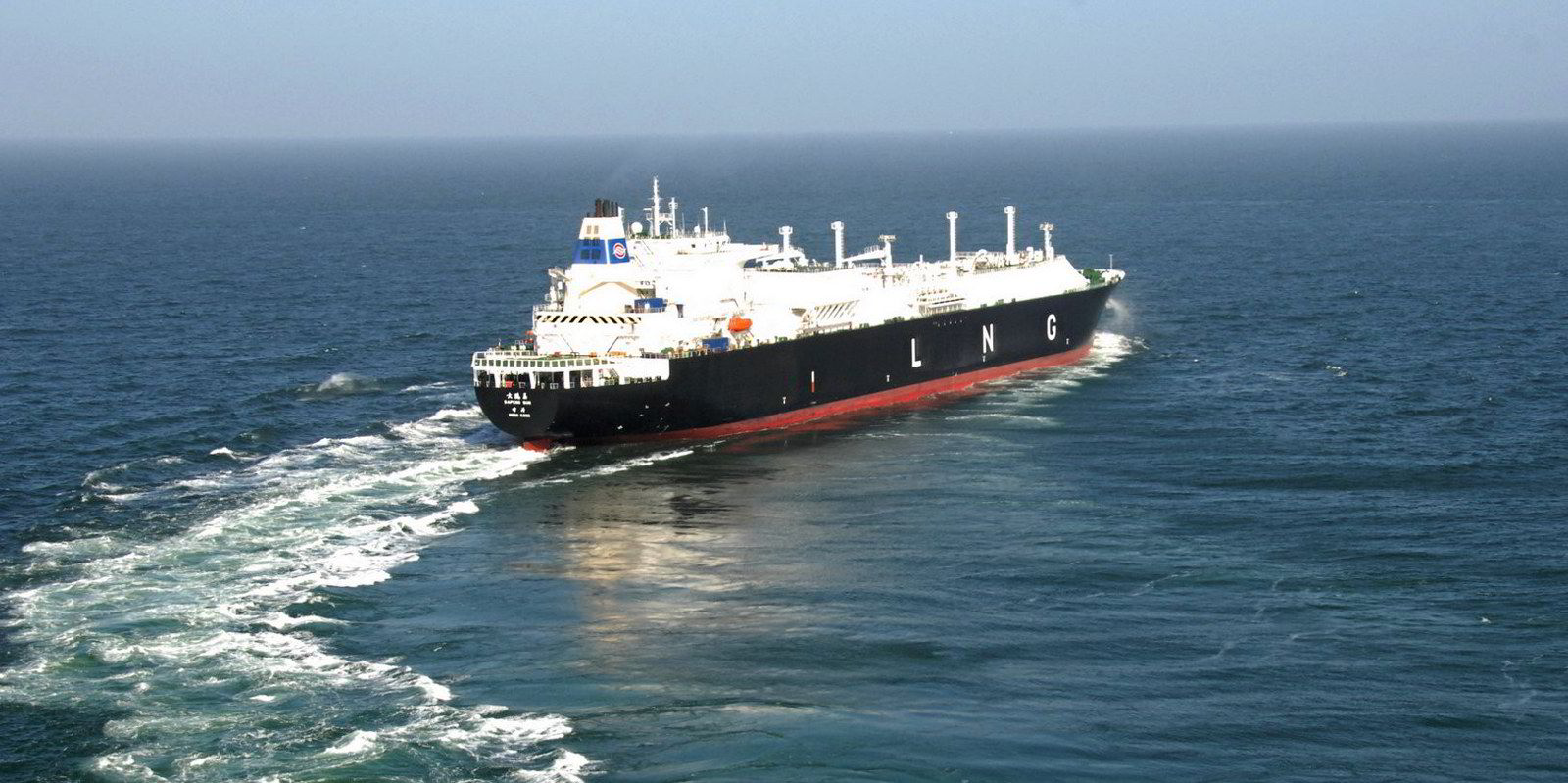China is set to post a record drop in LNG imports this year, the largest decline since it began LNG imports in 2006, according to Wood Mackenzie
The country, currently the world’s largest importer of LNG, will see imports fall over 14% year-on-year to 69m tons in 2022, the research firm said.
The weakening demand is being blamed on a confluence of factors including economic slowdown, rising gas import prices, policy support for clean coal and a warmer-than-usual winter.
Wood Mackenzie said that after solid growth in 2021, China’s gas and LNG demand is expected to slow down in 2022, with gas demand already down 5% in the second quarter.
“Gas-fired power was a major contributor to the absolute decline in volumes. In addition to the factors mentioned earlier, the sector was pressured by growth in use of renewables,” said Wood Mackenzie research director Miaoru Huang.
“Chinese buyers have minimised their exposure to costly spot LNG. Spot purchases were muted, and reportedly, some Chinese players resold cargoes into the European market.”
While China remains committed to long-term climate goals, the immediate focus is to guarantee energy supply and stabilise energy costs, Wood Mackenzie said.
China’s national 14th five-year energy plan, unveiled in March, re-emphasised coal as the backstop of energy security.
In the first half of 2022, the landed prices of LNG imports averaged $15 per million British thermal units (mmbtu), almost double the average landed prices in the same period in 2021.
Prices of pipeline gas imports increased by 40%, though this rise was more modest due to a longer time lag in indexation to oil prices and a larger share by the lowest-priced Russian pipeline gas, Wood Mackenzie said.
“China is unlikely to change its coal policy as the backstop of energy security in the near future,” said Huang.
“National policy is unlikely to encourage gas demand in a significant manner due to concerns over supply chain pressure and affordability.”
Nevertheless, Wood Mackenzie said local governments are playing a “bigger role in driving gasification programmes”.
“Some key gas-consuming provinces, such as Guangdong, Zhejiang and Shandong, have already set gas demand growth targets in their respective regional five-year plans, either in absolute terms or as a share in the energy mix over 2021-2025,” the research company said.
“Not all those targets can be met in the face of economic headwinds and high gas costs. However, those plans reveal the potential in China’s gas demand growth that could materialise with affordable gas price levels and supply chain support.”





